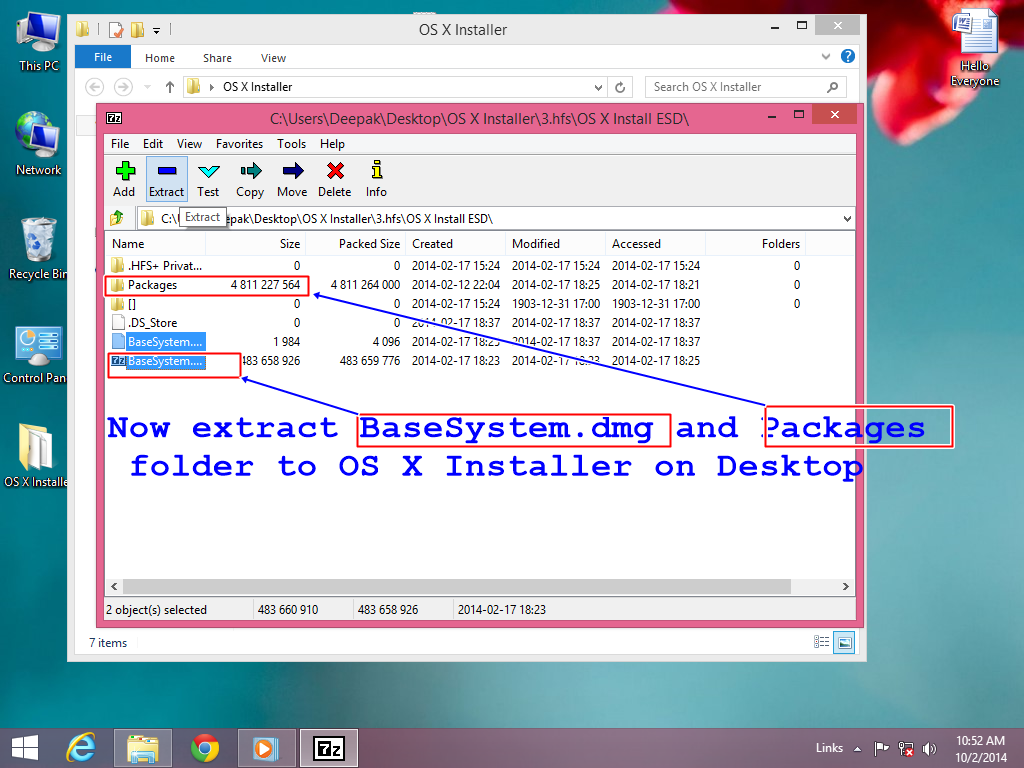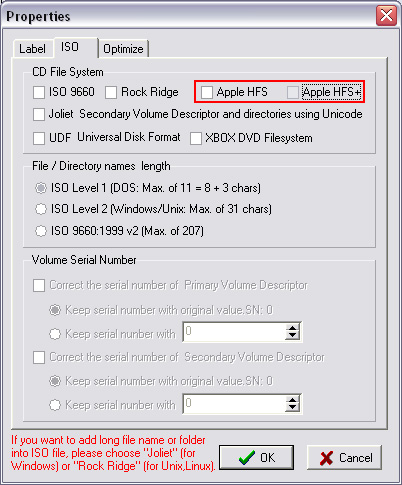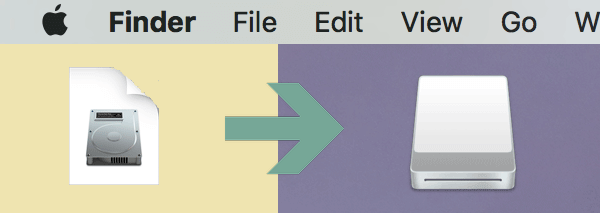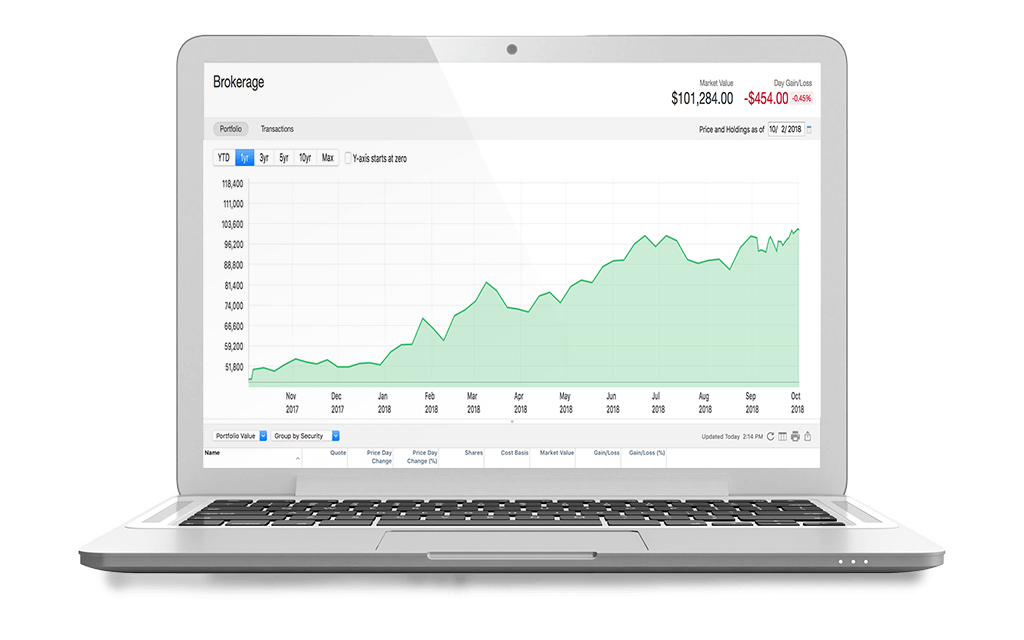Disk Utility is a Mac OS X Snow Leopard feature that helps you perform maintenance chores on your Mac. You can use Disk Utility to see what data resides on the volumes or partitions you have on your computer. To find Disk Utility, open the Utilities folder within your Applications folder. When you first run this program, it displays all the physical disks and volumes on your system.
The Disk Utility application has its own toolbar that you can toggle on and off. Click the lozenge-shaped button in the upper-right corner of the window to display or hide the toolbar.


You cannot open disk image file (.dmg) on your Mac and get the “no mountable file systems” error message? ISumsoft BitLocker Reader for Mac can. Open ‘File Import Items’ and import the certificate files into the ‘System’ keychain. The certificate should now show with a red X. That means it is untrusted. To provide trust, double-click the.securly.com certificate.
The volume tree structure on the left of the Disk Utility window lists both the physical disks and the partitions that you’ve set up. A single physical hard drive can contain several partitions. The information display at the bottom of the Disk Utility window contains data about both the volumes and the partitions on your hard drive.
In the example shown here, clicking the drive labeled 320.07 GB (the physical hard drive at the top of the tree) displays a description of the drive itself, including its total capacity, interface (connection type), and whether the drive is internal or external.
Clicking the tree entry for Wolfgang, however — the name of the partition created when the drive was formatted — displays information about the type of formatting, the total capacity of the partition and how much of that is used, and the number of files and folders stored on the partition.
DMG is a file of Apple Disk Image. The Apple Disk Images are disk image files commonly used by the Mac OS X operating system. When opened, an Apple disk image is 'mounted' as a volume within the Finder. Several Apple proprietary disk image formats can be used to create these images, including the Universal Disk Image Format (UDIF) and the New Disk Image Format (NDIF). Apple disk images usually have the .dmg file extension.
Apple disk images allow secure password protection as well as file compression and hence serves both security and file distribution functions; they are most commonly used to distribute software over the Internet.
Universal Disk Image Format (UDIF) is the native disk image format for Mac OS X. Disk images in this format typically have a .dmg extension. New Disk Image Format (NDIF) was the previous default disk image format in Mac OS 9, and disk images with this format generally have a .img (not to be confused with raw .img disk image files) or .smi file extension. Files with the .smi extension are actually applications that mount an embedded disk image, thus a 'Self Mounting Image', and are intended only for Mac OS 9 and earlier. A previous version of the format, intended only for floppy disk images, is usually referred to as 'Disk Copy 4.2' format, after the version of the Disk Copy utility that was used to handle these images. A similar format that supported compression of floppy disk images is called DART. Apple disk image files are published with a MIME type of application/x-apple-diskimage.
Different file systems can be contained inside these disk images, and there is also support for creating hybrid optical media images that contain multiple file systems. Some of the file systems supported include Hierarchical File System (HFS), HFS Plus, File Allocation Table (FAT), ISO9660 and Universal Disk Format (UDF).

Open/Extract DMG File on Windows
Easy 7-Zip opens/extracts DMG file easily on Windows. The Easy 7-Zip was developed based on 7-Zip. 7-Zip is a famous open source file archiver. The Easy 7-Zip is an easy-to-use version of 7-Zip. The open source freeware keeps all features of 7-Zip and adds a few useful features that makes the software more user-friendly.
Easy 7-Zip works on Windows 10/8.1/8/7/Vista/2008/2003/XP/2000 (both 32-bit and 64-bit compatible).
- Free Download Easy 7-Zip
- Install Easy 7-Zip by step-by-step instructions
- The installation will associate DMG with Easy 7-Zip automatically
- Double-click on DMG file to open DMG file with Easy 7-Zip
- Alternatively, Right-click on DMG file on Windows Explorer
- Done
You will see files or folders within the DMG file then, click button Extract to extract the DMG file.
And then, choose Extract files.., Extract Here, or Extract to 'folder' to extract the DMG file.
Easy 7-Zip Download Links:
You can install and use other alternative freeware that opens/extracts DMG file without burning the DMG file to disc. For example:
- Free DMG Extractor
- HFSExplorer
- PeaZip
How To Open A Dmg.spanned File On Mac Shortcut
Open/Extract DMG File on Mac
B1 Free Archiver opens/extracts DMG file on Mac. B1 Free Archiver is a free software for creating archive folder and extracting archive file. B1 Archiver works on all platforms - Windows, Linux, Mac and Android. The freeware supports most popular formats including DMG.
B1 Free Archiver is compatible with:
- Mac OS X 10.9 Mavericks
- Mac OS X 10.8 Mountain Lion
- Mac OS X 10.7 Lion
- Mac OS X 10.6 Snow Leopard
Alternative freeware that opens/extracts DMG file on Mac.
- Apple Disk Utility
- Keka
- GUI Tar
Open/Extract DMG File on Linux
You can use command mount to mount DMG file as a virtual drive.
First, you must login as a root user, and then create a directory for DMG image
| # mkdir -p /mnt/macimage |
Use mount command as follows to mount DMG file called image.dmg:
| # mount -o loop -t hfsplus image.dmg /mnt/macimage |
If the DMG is HFS file system, use:

| # mount -o loop -t hfs image.dmg /mnt/macimage |
Change directory to list files stored inside an DMG image:
| # cd /mnt/macimage # ls -l |
Unmount the DMG image, type:
| # umount /mnt/macimage |
Alternatively, you can use p7zip to extract the DMG file. p7zip is the Unix command-line port of 7-Zip, a file archiver that archives with high compression ratios.
Install p7zip-full on CentOS and Fedora
| # yum install p7zip-full |
Install p7zip-full on Debian and Ubuntu
| $ sudo apt-get install p7zip-full |
List directories and files in DMG file

| $ 7z l image.dmg |
Extract DMG file on Linux
| $ 7z x image.dmg |
How To Open A Dmg.spanned File On Mac Os
Copyright © 2013-2017 James Hoo All rights reserved.
